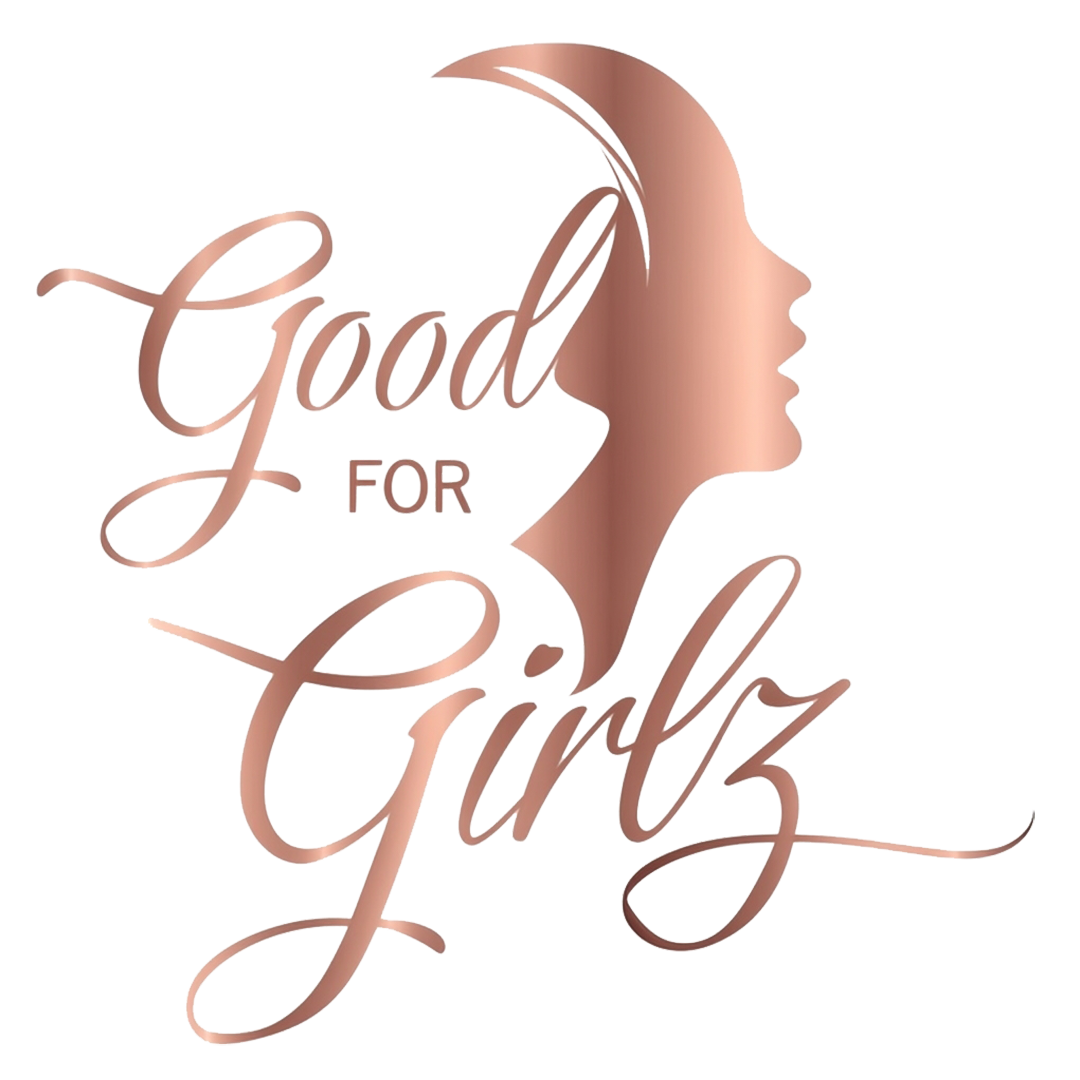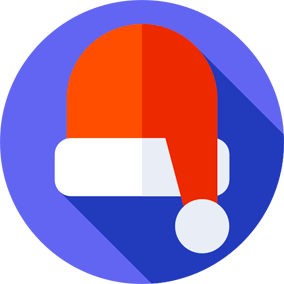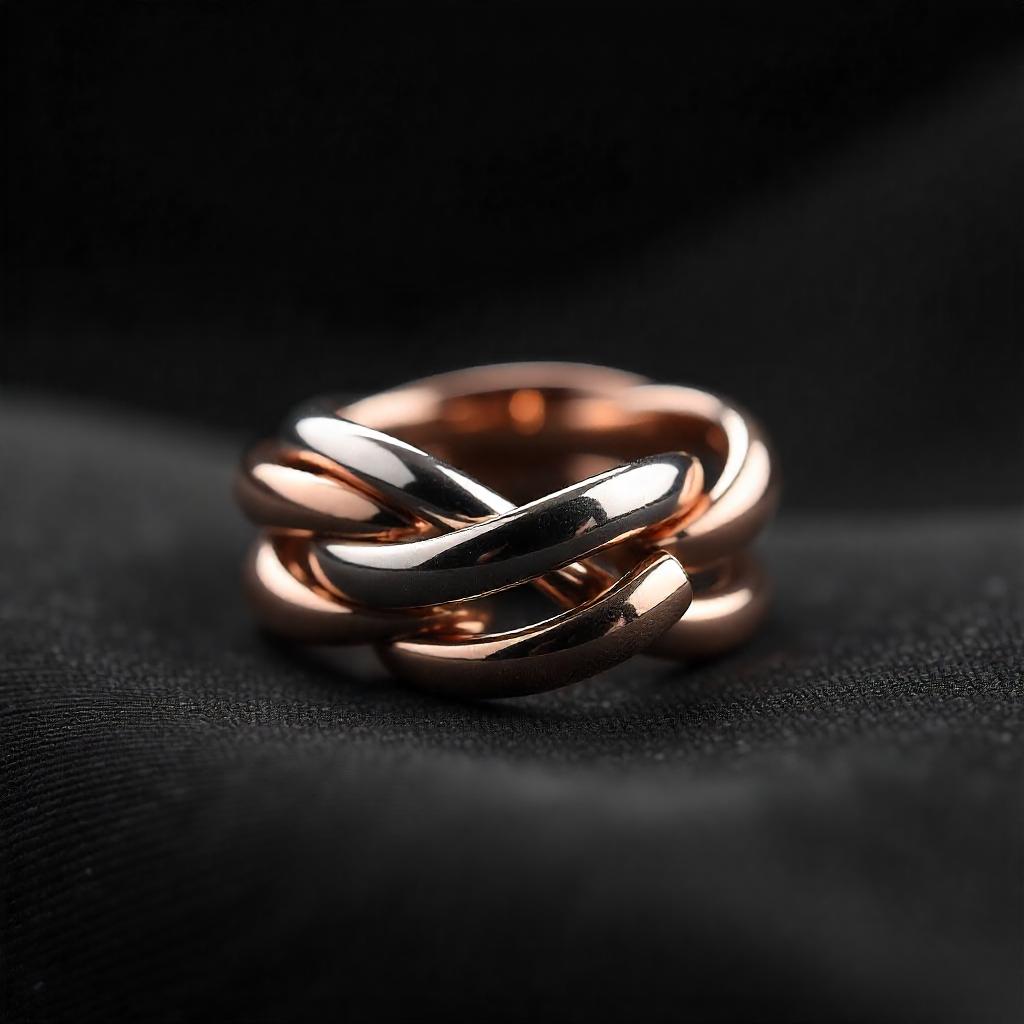Introduction
For years, fashion rules warned against mixing metals—gold with silver, rose gold with platinum. But in modern styling, those rules are not just outdated—they’re meant to be broken. Mixing metals is now a hallmark of confident, contemporary accessorizing. It brings depth, dimension, and a curated edge to your look. The key? Knowing how to mix with intention. This guide walks you through the art of mixing metals, the old-school “rules,” and exactly how (and when) to break them like a fashion pro.
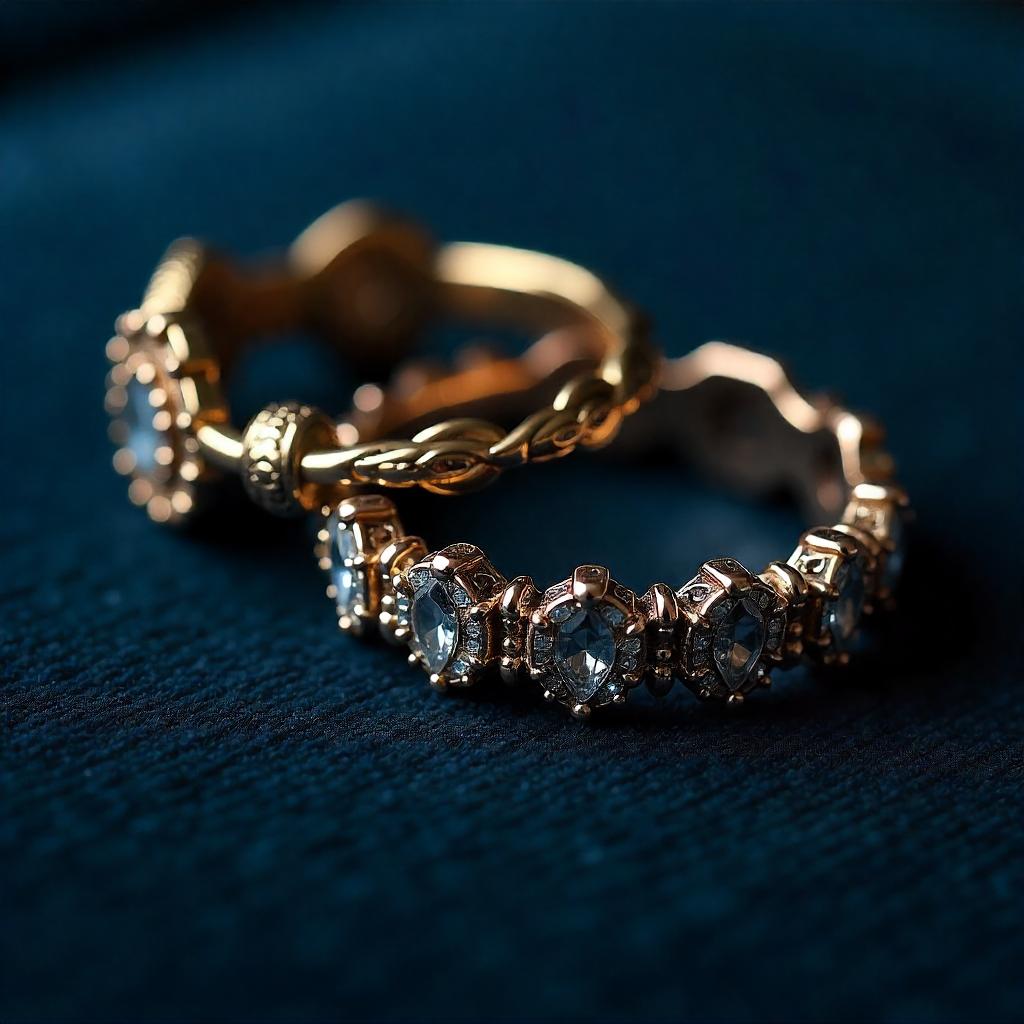
The Old Rules of Metal Mixing
Once upon a time, it was considered a faux pas to wear different metals together. The traditional view was to match your earrings, necklace, rings, and bracelet in one consistent tone—gold with gold, silver with silver. While that approach can still look elegant, it limits your creativity and versatility.
Why Mixing Metals Works Now
Today’s style is all about personal expression. Mixing metals reflects a layered, lived-in aesthetic that feels curated, not cookie-cutter. It allows you to wear more of your favourite pieces at once and creates visual interest without overwhelming your outfit.
Breakable Rule #1: Gold and Silver Don’t Belong Together
Why You Can Break It: Gold and silver can contrast beautifully—silver adds cool sleekness while gold adds warmth and richness. When balanced correctly, the contrast can feel modern and elevated. Try wearing a gold pendant on a silver chain or stacking mixed-metal rings for an effortless twist.
Breakable Rule #2: Stick to One Metal per Outfit
Why You Can Break It: Limiting yourself to one metal is like wearing only one colour—it can be beautiful, but it also misses out on layering depth. Mixed metals add dimension. Combine a silver watch with a rose gold bracelet or wear mixed-tone necklaces in different lengths.
Breakable Rule #3: Your Wedding Ring Must Match Everything
Why You Can Break It: Your wedding ring is one of your most personal pieces—and it doesn’t have to dictate your entire jewellery look. Let it stand out, or surround it with complementary mixed tones. Many modern wedding sets even include multiple metals by design.
How to Mix Metals Like a Stylist
1. Create a Focal Point
Choose one piece to lead the look—a bold necklace, chunky bracelet, or standout ring—and mix subtler metals around it.
2. Layer with Purpose
Layer necklaces of varying lengths in different metals, or stack bracelets that include both gold and silver links. This creates a cohesive yet dynamic look.
3. Use a Bridging Piece
Some jewellery pieces are designed with multiple metals in one—like a two-tone watch or a tri-colour ring. These work as “bridges” to tie everything together.
4. Repeat Each Tone
To make mixed metals feel intentional, echo each tone at least once. For instance, if you’re wearing a gold necklace, add a gold ring or bracelet to balance it.
5. Consider Your Skin Tone
Gold flatters warmer tones, silver complements cooler tones, and rose gold often suits everyone. Mixing lets you play with contrast and highlight your complexion in new ways.
6. Keep the Rest Minimal
If your jewellery is doing the talking, keep the rest of your look clean and streamlined. This keeps the focus on your accessories and prevents visual overload.
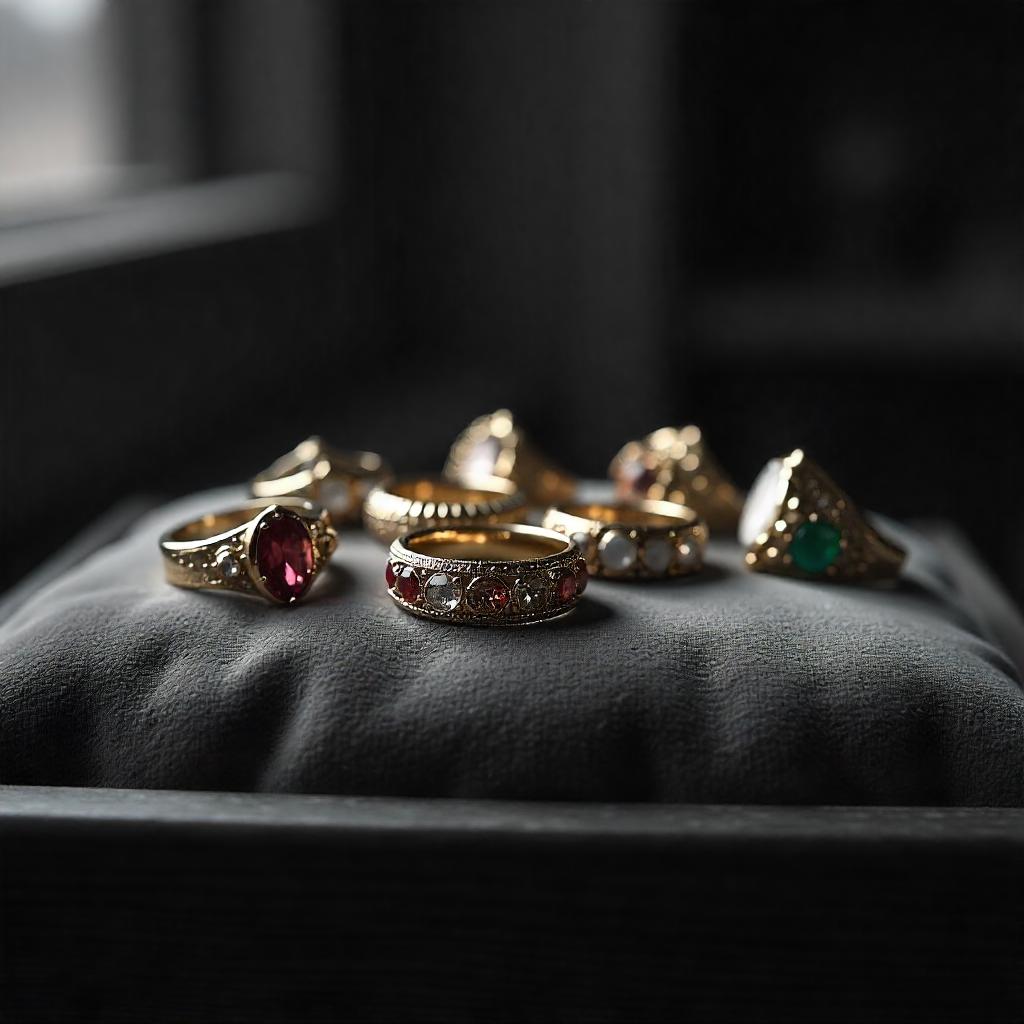
Conclusion
Mixing metals is no longer a fashion faux pas—it’s a style power move. By breaking the old rules thoughtfully, you open the door to endless combinations and creative freedom. Whether you’re stacking rings, layering necklaces, or experimenting with tone-on-tone contrasts, mixed metals offer a stylish way to reflect your individuality. So go ahead—blend, stack, and shine in every shade.
